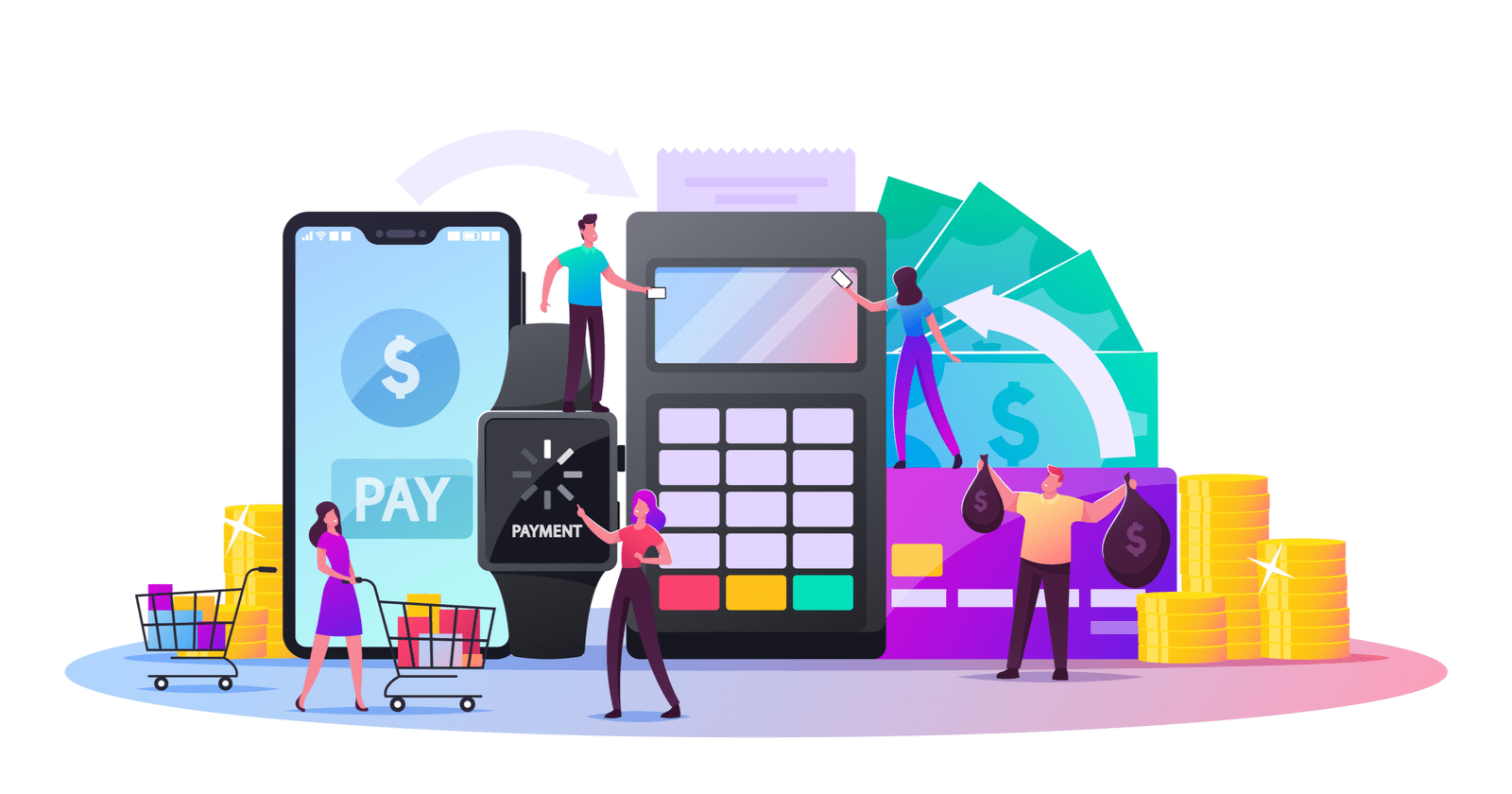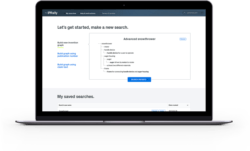Google’s quest to organize the world’s information has taken a new twist.
It may now include your finances.
Just before Thanksgiving, Google announced that in early 2021 it will allow its Google Pay app users to open bank accounts through a partnership with 11 banks.
In parallel, Google is introducing several upgrades to its core Google Pay services.
Together, these developments position Google as a player to reckon with in the cashless payment space.
The goal, as Google’s Caesar Sengupta – who oversees Google’s payment initiatives – put it, is to give Google Pay users “more value and control out of their money.”
Banks are also excited about this innovative offering. It helps them to better compete with increasingly popular solutions from the likes of PayPal and Samsung to offer “an always-on, friction-free, personalized experience” (see full press release here from Citibank).
Advertisement
Continue Reading Below
Indeed, Google Plex accounts, bundled with Google Pay features, create an attractive proposition.
There are at least nine benefits to consider.
- No monthly account fees, no minimum balance requirements, and no overdraft.
- Instant digital Mastercard debit card and upon request, a physical, contactless debit card.
- An intuitive approach to goal planning with AI-powered insights designed to help customers save more, set savings goals, and become more financially healthy over time.
- Real-time balance, transaction and purchase alerts as well as the ability to dispute transactions.
- Seamless P2P capabilities for one-time, recurring, and group payments
- Access to banks’ nationwide network of fee-free ATMs.
- Sending money to others and splitting bills, through integration with Google Pay features.
- Google Photos integration allows searching for photos and to upload receipts.
- Accessing offers and reward program information from popular businesses, starting with these 7 merchants: Target, Burger King, Etsy, REI Co-op, Sweetgreen, and Warby Parker.
To note, Google has said that they will not sell payment data to third parties or use it for Google Ads services, where it could have been but will not be, used for targeting ads.
So if this initiative will not have synergies with Google’s advertising business, what is the incentive for Google to keep investing in Google Pay, and why should consumers pay more attention to its offering?
Advertisement
Continue Reading Below
After all, there are close to a dozen of similar providers and Google continues trailing behind in user base to the top 3 cashless payment providers: PayPal, Apple, and Venmo.
Google will no doubt see some incremental new user growth from this refresh. However, it is unlikely that these services will significantly propel Google Pay’s market position.
Google Pay already supported bank account integration. And its platform usage is ultimately limited by the number of businesses that accept it as a payment method.
It also continues to struggle there and with ApplePay having had a jump start, many businesses have little incentive to support yet another payment provider when banks and credit card providers also have their contactless payment options.
However, Google does stand to reap two important benefits:
- It further secures loyalty of existing Google Pay users.
- The new feature bundle differentiates Google Pay from the rest of the contactless payment services thanks to its new AI budget planning features.
Together, this ensures Google Pay remains a solid fourth provider and doesn’t suffer so-called death by a thousand cuts.
Advertisement
Continue Reading Below
With many social media platforms vying for a slice of the contactless payment space, it’s ever-important for Google to defend its position. Also, with growing regulatory scrutiny over data usage within their advertising business models, social media platforms are under pressure to develop new revenue streams.
Peer to peer and contactless payments offer social media platforms a strong alternative to diversify revenue growth and further monetize their captive audiences.
However, at least for now, Google has beaten them to it.
Anyone who is an avid Facebook or Snapchat user now has more incentives to use Google Pay versus payment features of those services.
And in particular, the incentive to use Google Pay comes with the AI-driven advisory component.
By accessing bank account details, considering payment frequencies, shopping locations, Google Pay’s AI-based planning software has the potential to stand apart from other financial tools that merely graph basic statistics.
Advertisement
Continue Reading Below
Initial reports mention Google Pay striving to provide actionable, easily digestible insights such as spending patterns by location or day of the week. Rather than aspiring to create grand financial plans, Google Pay seems to be more designed for highlighting patterns that users can practically act on and change.
While Google may not be known as a financial advisor power player, it brings considerable experience in AI. From search to voice-activated devices, Google has had a track record of modeling and user behaviors.
Let’s see if Google Pay will give rise to another AI-driven solution.
Even if these changes do not make Google Pay the most popular payments platform, Google can still claim victory if it succeeds in creating a hub where people go to manage their day to day spending.
Advertisement
Continue Reading Below
If pennies make the pounds, Google may serve us well to track and advise on the moments that all too often add up.
More Resources:
Image Credits
Screenshot taken by author, December 2020


